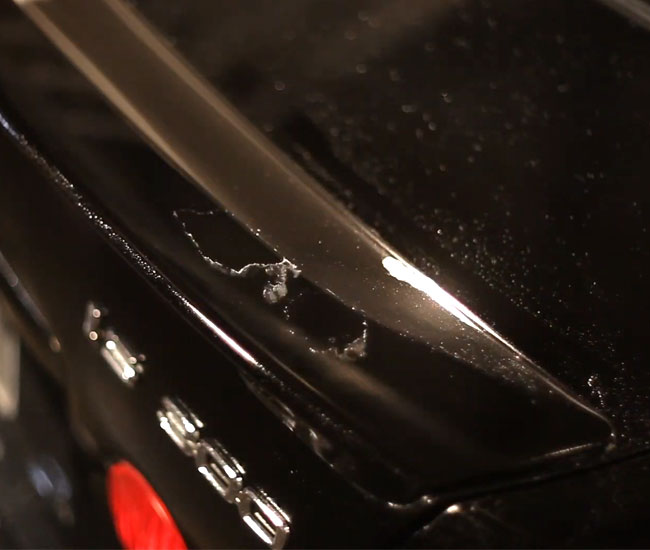
This Lexus IS had peeling paint on the spoiler. The spoiler was painted before, but incorrect products or processes were used resulting in the car paint peeling. The reason is that some of the layers lost adhesion with the surface under it.
Since not all paints stick to plastic, you need to follow the plastic paint procedures to ensure a successful paint job.
To fix this paint, you will need to strip as much of the old paint as possible and spray paint it with a new one. You can do this project over the weekend.
Items You’ll Need:
I try to use high-quality products that don’t break the bank. Below are the products and tools that I personally use and recommend to all of my friends:
- Assorted Wet/Dry Sandpaper – This pack includes 5 sheets of assorted sandpaper (1 sheet each of 180, 320, 600, 1000, and 1,500) and can be used for sanding primer, clear coats, and automotive paints.
- Primer (aerosol spray) – Black primer.
- Touch-Up Paint (aerosol spray) – Custom paint matching your car. Click on the link and select your color.
- Clear Coat (aerosol spray)
- Auto masking tape and Old Newspapers
- Prep solvent – It removes oils, road grease, dirt, car wax, and other surface contaminants and also improves adhesion to the surface.
- Meguiar’s Ultimate Compound – You can use any rubbing compound you like, just make sure it is clear coat safe. Meguiar’s Ultimate Compound is the best car scratch remover I’ve ever tried. It removes light-to-deep clear coat scratches, swirl marks, stains, and heavy oxidation in just a few minutes. It’s clear coat safe and inexpensive.


 Optional Items:
Optional Items:
- Aerosol Spray Trigger
– I put this item under optional items, however, I think it is a must-have when it comes to spray paint. It turns a spray aerosol can into a spray gun making it easier to apply the paint and clear coat.
- Applicator Pads – These pads are used to apply rubbing compound, polish, and wax.
- Meguiar’s Ultimate Polish – Use your favorite polishing compound. I like Meguiar’s Ultimate Polish because it uses diminishing abrasive technology, meaning the tiny abrasives break down gradually as you rub. The paint color will look bolder and brighter with a smooth, sleek shine. It is high quality, inexpensive, long-lasting, and clear coat-safe.
- Meguiar’s Tech Wax – Use your favorite wax. I like Meguiar’s NXT Generation Tech Wax. This product is amazing because not only does it give the deepest and clearest shine you’ve ever seen, but it also acts as a paint sealer giving your car long-lasting protection.
- Microfiber Towel – Avoid using other materials such as bath towels, paper towels, or washcloths, as they might leave scratches on the clear coat.
- Dual Action Sander/Polisher – I found a nice beginner polisher on Amazon for a reasonable price that will give you amazing results. There are a lot of professional polishers, but they cost over $200. This Black & Decker polisher got great customer reviews.
- Tack Rag
– It is made out of sticky material that helps to clean the dust from the surface.
- Respirator, Gloves, Goggles.
Video Tutorial on How to Repair a Peeling Car Paint
Step 1: Get the Touch-Up Paint
Getting the right paint is a half job well done. It can be tricky to find car paint codes since not all manufacturers place them in the same location.
Even experts sometimes have problems finding it. For detailed instructions read my article “Where to find car paint color code“.
Step 2: Personal Safety
I can’t stress enough how important personal safety is when working with toxic paint products. Protect yourself with goggles, gloves, and a mask.
Do all repairs in a well-ventilated space or, if the weather allows, outdoors. If you are working outside, avoid full sun and windy conditions.
Step 3: Surface Preparation
Before doing any repairs, you need to clean the damaged area. Wash it with warm water and some dish soap. Follow it with prep solvent to remove all the wax, oil, and tar.
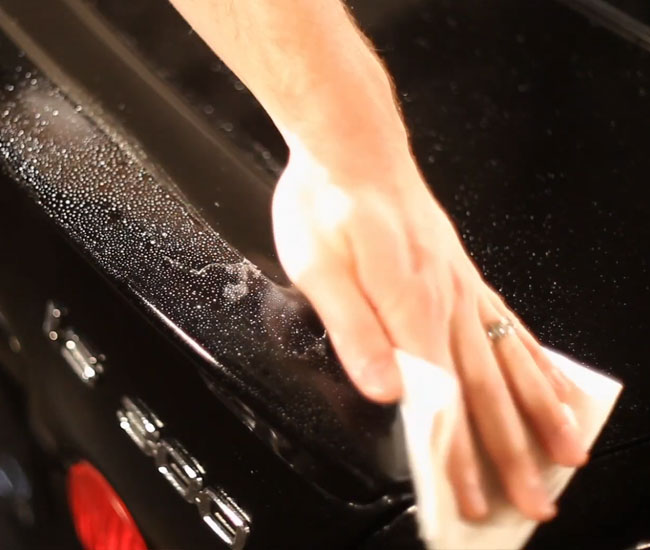
Step 4: Sanding
Sand the surface with wet/dry 320-grit sandpaper and follow it with wet/dry 600-grit sandpaper feathering the edge of the clear coat. Your goal is to smooth out the area and take off the peeling paint.
There are different opinions about dry sanding vs wet sanding. I personally like wet sanding more, because it is faster and easier.
To wet sand the surface, soak the sandpaper in cold water for 10 min. Use a few drops of dish soap to make the surface more slippery. Wash off the sandpaper after 3-4 sweeps. It might take a few rounds to even out the area.
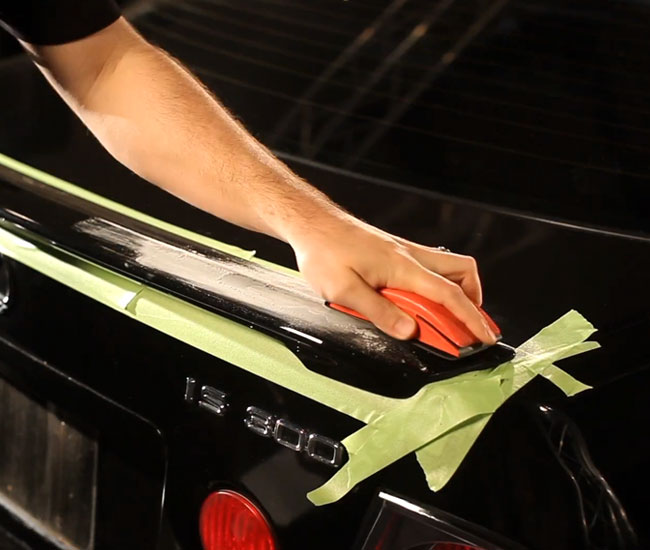
Step 5: Mask
Mask off the area to prevent overspray with auto masking tape and old newspapers or plastic. Some people make the mistake of using duct tape.
Duck tape will leave a residue that is very hard to remove. Auto masking tape is much easier to use and it costs only a few dollars.
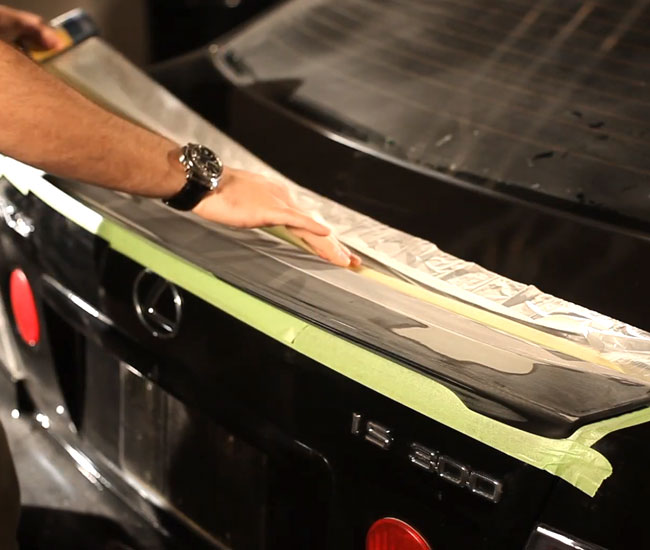
Step 6: Cleaning
Clean the repair with prep solvent before applying primer. Spray prep solvent on the spoiler and wipe it off with a clean microfiber towel. You can also use a tag rack to remove dust.
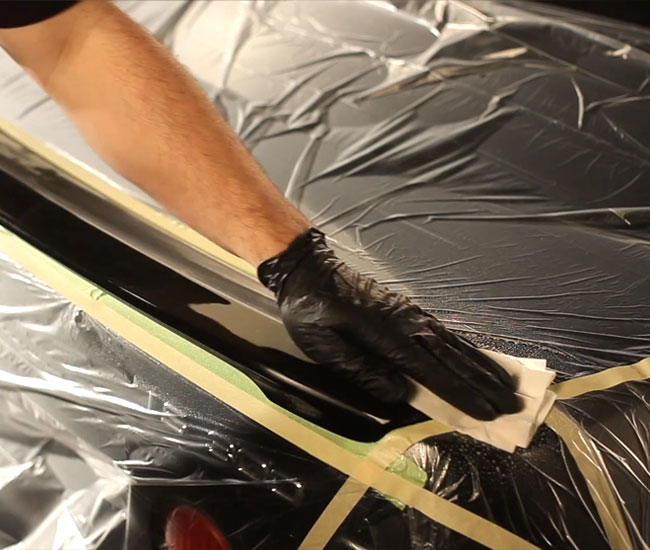
Step 7: Apply Primer
The primer will fill 180-320 grit wet sandpaper scratches. Primer comes in different colors. Get the one that is close to the color of your car. It will take you fewer paint coats to cover it. For this repair, black primer worked the best.
Instead of using a spray gun, a good spray gun ranges anywhere from $50-$250, you can use an Aerosol Spray Trigger. It is a plastic trigger that slides on top of the spray can and helps to get even coverage. For only a few dollars you can turn your paint can into a spray gun.
Read the instructions on the primer first. Slide the spray trigger on top of the can. Shake it well. Hold the can 10-15 inches away from the surface and spray in even strokes. Three coats should be enough. Give each coat at least 15 min to dry. Wait for 30 min before sanding.
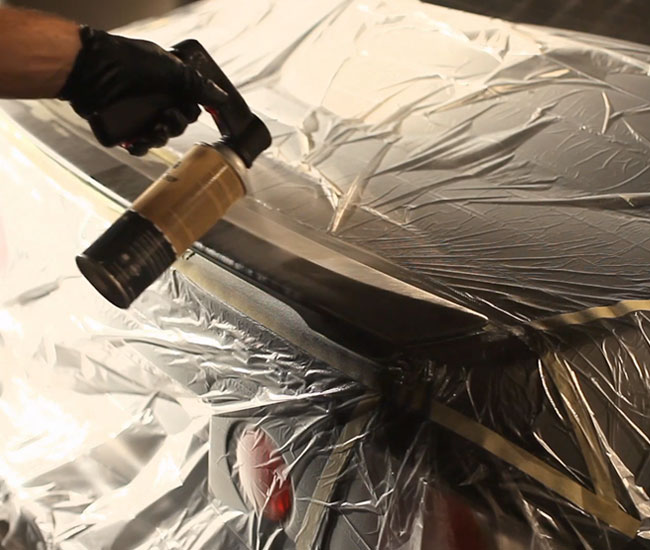
Step 8: Sanding Primer
Wet sand the primer with wet/dry 600-grit sandpaper. The touch-up paint will cover those sand scratches. In this step, you can also remove any primer overspray. After sanding is done, clean and dry the surface before applying touch-up paint.
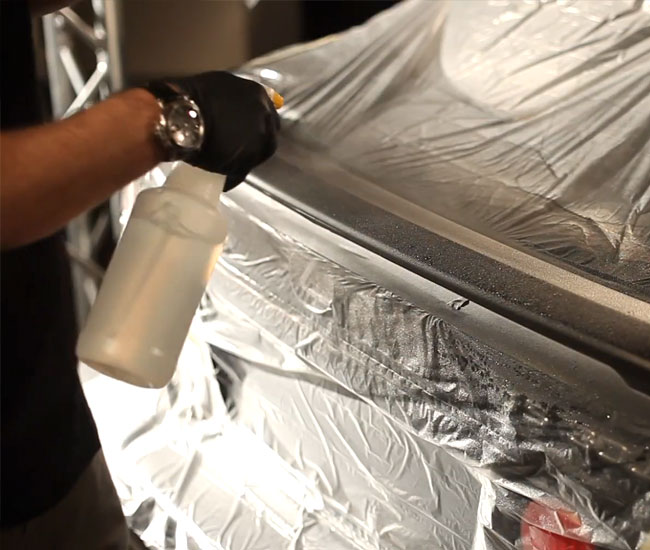
Step 9: Apply Touch-Up Paint
Read the instructions on the paint can. Shake well. Test the touch-up paint in a hidden spot to make sure it is matching.
Slide on the plastic trigger to turn the paint can into a spray gun. Hold the can 10-15 inches away from the surface and spray in even strokes. Apply 3-4 coats of paint letting each coat dry for 15 min.
After the paint application, the area will look dull in comparison to the rest of the car. To give it shine and protection, we need to apply a clear coat.
Note: White and black paint are the easiest to match.
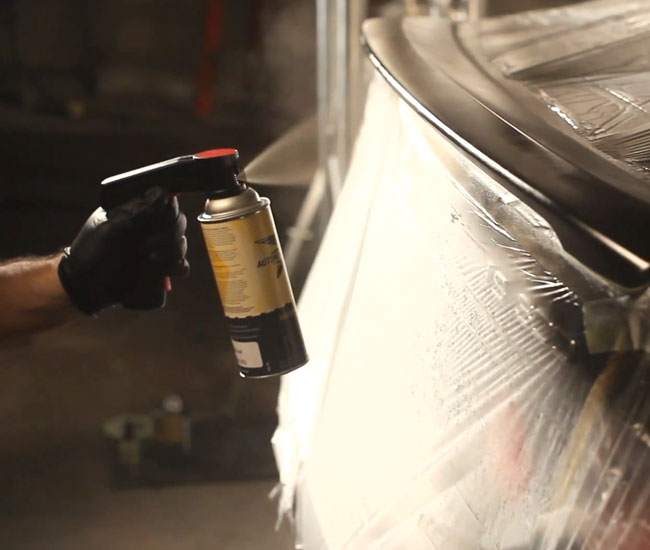
Step 10: Apply Clear Coat
Wait for 30 min before applying a clear coat. Read the instructions on the clear coat can. Use a plastic trigger to turn your can into a spray gun.
Shake the can. Spray 3-4 coats of clear allowing 15 min drying time between coats. The surface should be glossy, but not dripping.
Tip: If you see orange peel, light texture, or dust, it can be easily removed with some sanding.
Wait for one day before sanding the area with wet/dry 2,000 grit sandpaper. Use rubbing compound to bring out the shine back.
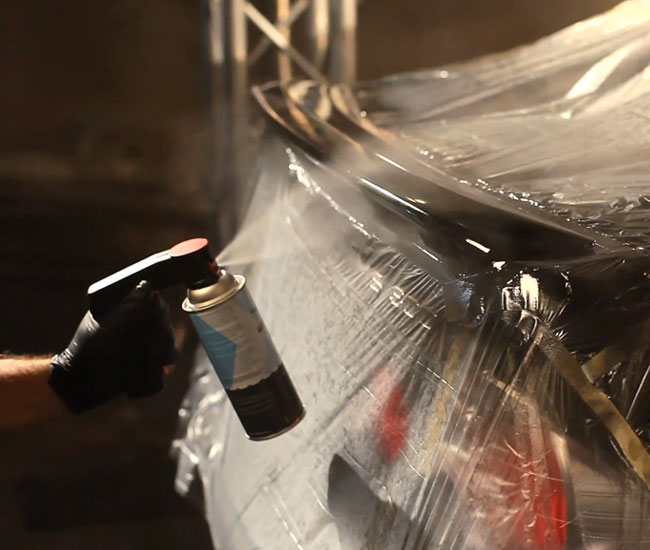
Step 11: Rubbing Compound
If your surface looks fine, you can skip this step. The rubbing compound is used to level out small imperfections and to bring out the color. Think of it as a very fine sandpaper.
Read the instructions on the bottle. It can be applied by hand or DA polisher. If you are doing it by hand, use a foam application pad and a small amount of compound. Rub it till it is dry. Wipe off the residue with a clean microfiber towel. It might take you a few rounds.
Step 12: Polishing Compound
To get showroom shine, apply a polishing compound. It can also be done by hand or DA polisher.
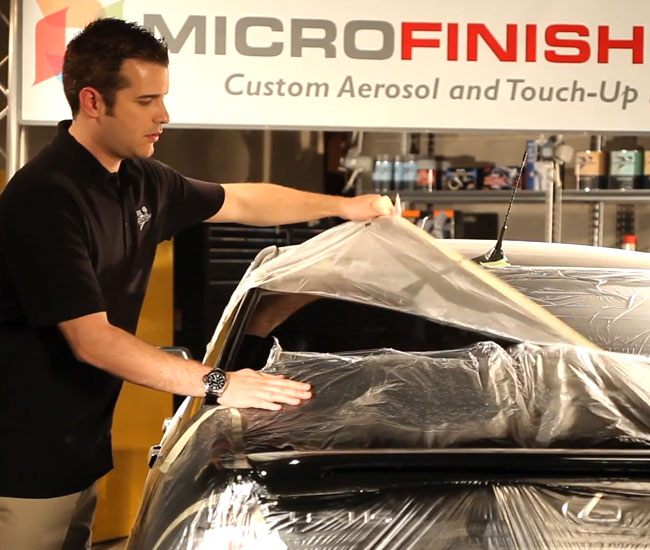
Step 12: Waxing
This step is really not optional. You need to apply wax if you want to protect your paint job. Wait for one month before applying wax.
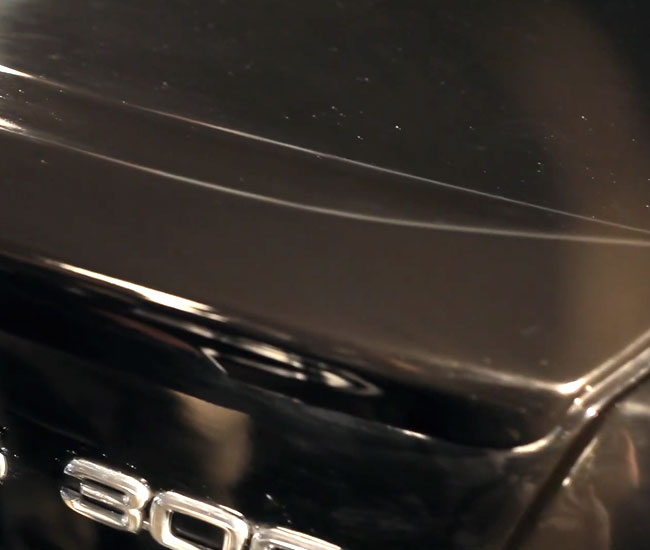
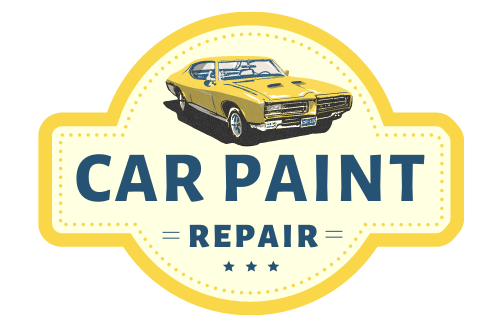
Wouldnt it have been easier to take of the tail/wing and just paint it with out all the tape up?
Am working on a white car with numerous small areas where primer and color coat have separated. Large flakes come off easily. After sanding and priming, would it be better to sand the whole area and spray or just do the problem patches? Really not keen on sanding and painting the entire roof, trunk-lid and hood. Applying clear coat, I have the same question. This car will end up with nice-looking patches on an old-looking paint job! Waxing will help I guess.
This is a good article.
I’m not referring to a Lexus, but an old Corolla. Only plastic on the fenders. Thanks.
And a Honda Accord…!